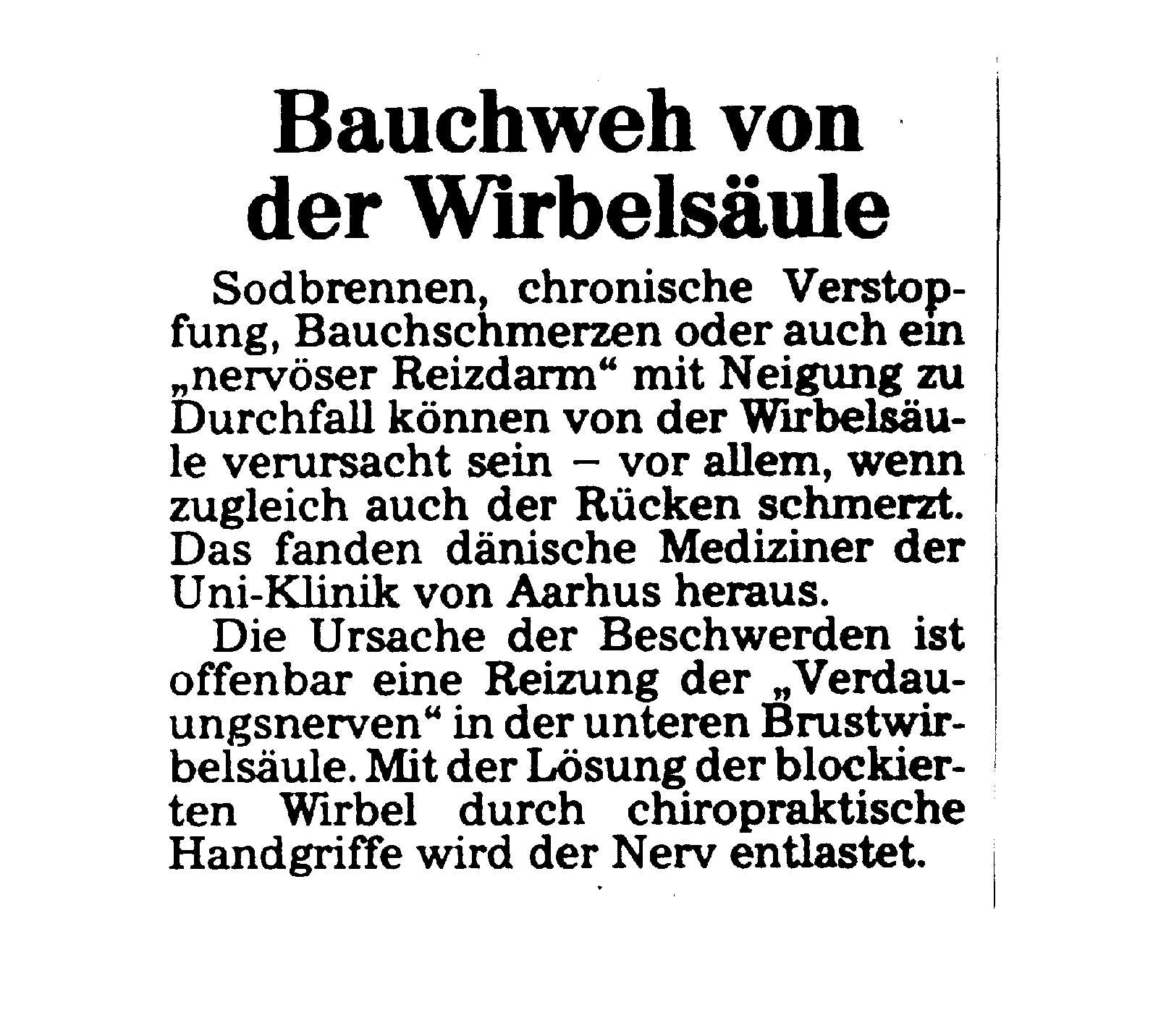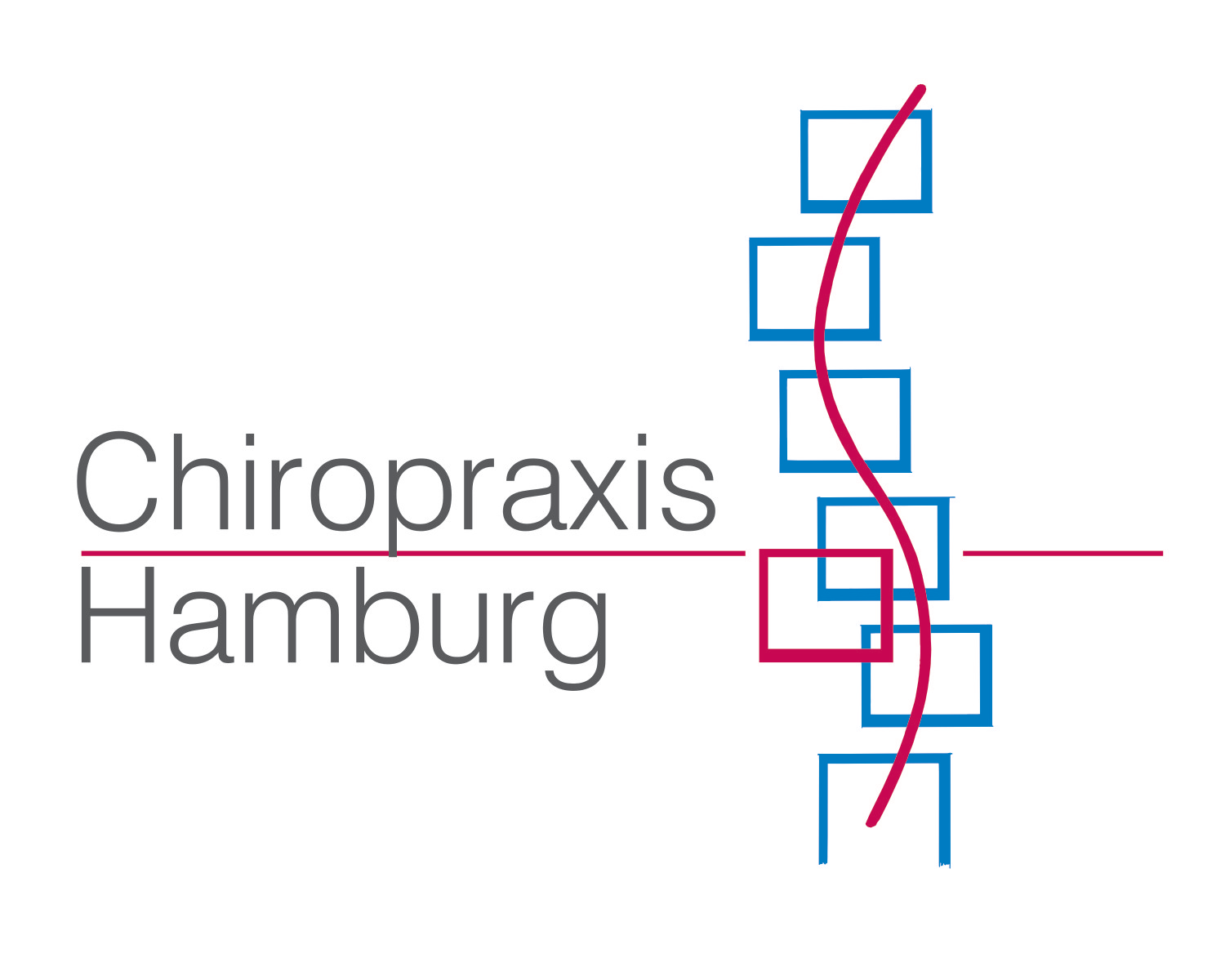Baby colic

Headache

Baby colic

Sport & Extremities

Kids

Other diseases

Arthritis

Neck pain

Exercises

Herniated disc

Symptoms
Colic is the term used to describe constant, often violent crying in babies. The crying seems to occur for no reason in babies who are otherwise healthy and content. The children scream miserably no matter what their parents do.
Baby colic is a pathological cry that does not stop, even when all needs, such as a new diaper, something to eat, or closeness are satisfied.
It is therefore assumed that the crying during colic attacks is a reaction to pain. In most cases, colic occurs when the baby is between 1 and 4 weeks old and usually occurs during or shortly after feeding, regardless of whether the baby is breastfed or not. The symptoms often subside again at the age of 3-4 months.
Because colic usually stops spontaneously, the condition is often not considered serious and is therefore dismissed as not requiring treatment. Most parents can tolerate two weeks of crying, but 3 or 4 months of inconsolable crying 24 hours a day, interrupted only by short periods of sleep of 2-3 hours, is almost unbearable.
So it’s no wonder that parents don’t understand when the doctor explains that it’s a trivial problem with the child. digestive system that regulates itself. Parents who have had a “colic child” know that the consequences are more serious.
The relationship between child and parents is strained right from the start, and this often has serious consequences for the relationship between parents and child later on.
It is now known that the baby’s unsoothable crying often leads to child abuse. If there are several children in the family, the siblings are usually very neglected. No matter how patient and loving the parents are, the limit of what is bearable is usually quickly reached. Because after 3-4 weeks with often no more than 3-4 hours of sleep, most parents will be “easily irritable”.
This should be reason enough to take the problems seriously.
Causes
Colic is a sure sign that something is wrong .Our job as parents or practitioners is to find out what iscausing this pain.
It is of course a problem that the child cannot tell you where the pain is. However, if you observe the reactions to different things throughout the day, you often get a lot of information about what is causing the crying.
The mother will say, for example, that the child is often only breastfed on one side, that it screams loudly when you put a sweater over its head, or that the child usually sleeps with its head turned to one side only.
On the changing table, you will notice that the child does not lie fully stretched out, but prefers to slouch to one side.
These observations may mean that the child has a problem with the neck or back. “But babies don’t have back problems yet!” you might think.
However, this is a big mistake, because a large percentage of babies have problems with their necks, especially in the first few weeks of life.
The two German pediatricians, Dr. J. Buchmann and Dr. Barbara Bulow, examined the necks of 683 newborns and found that 203 of them had significant movement restrictions.
This means that 29.7% of all newborns have neck problems. This is perhaps not so strange when you think of the force required to push the baby through the birth canal, and since the head usually comes first, the neck is subjected to the greatest pressure. The frequency of baby colic is stated in various studies to be 20-30% of all babies. It is therefore not unlikely that a large proportion of these children are simply crying because of neck pain. In addition, these neck problems can very easily cause irritation of the nerves in the upper neck. Such nerve irritation can increase muscle activity in the intestinal tract and cause colicky stomach pain. Studies in animals have shown that a dysfunction in the back can have a major impact on muscle activity in the intestinal tract (peristaltic movements). (Kenneth F. DeBoer Manual Medicine 1988 vol. 3.)


Treatment
If a baby is taken for chiropractic treatment because of colic, for example, it is not the colic that decides whether the child is treated, but the fact alone whether the smallest misalignments in the neck or back can be detected. During the first examination and treatment, many parents are somewhat skeptical because all that is generally known about chiropractic is that it has something to do with correcting the spine and that you can sometimes hear a small “crack” during treatment. Of course, the treatment is adapted to the age of the patient, so that a baby or an 85-year-old can be treated.
To treat neck problems in babies, for example, the head is brought into the optimum position and the affected vertebra is adjusted with precise pressure using just one finger. It is easiest to carry out the treatment at a time when the child feels most comfortable, if such a time still exists at all. You can tell that the treatment is not painful by the fact that the babies stop crying very quickly after the treatment, if they were crying during the treatment, or even sleep during the treatment.
What about success? In 1986, the Danish Chiropractor Association carried out a study involving over 300 colic babies. Chiropractic treatment achieved a satisfactory result in around 94% of cases. To date, no other treatment methods are known to have anywhere near such a high success rate.
Here are more diseases that can affect babies as well as children and adults!
Constipation
Stool irregularities such as constipation are a common problem in both children and adults. Typical symptoms are abdominal pain, discomfort and painful bowel movements. Normally, children should have a bowel movement every 1-2 days. A common cause of this is blockages in the spine. In these cases, a chiropractic adjustment can provide a quick remedy.

Inflammation of the middle ear
Young children in particular often suffer from recurring middle ear infections. These are usually treated with antibiotics and sometimes surgically with the insertion of a so-called “tube”. This primarily treats the symptoms. Chiropractic enables the causes to be addressed and is a gentle treatment method with no side effects. In many cases, chiropractic can also effectively reduce the frequency of middle ear infections.
Sleep disorders etc.
Babies need a while to settle into the world and learn to sleep through the night. Teething, infections and illnesses also lead to difficulties in children’s sleep behavior.
If your child sleeps poorly without there being a connection to child development or illness, chiropractic can help your child to sleep restfully through the night again.

Motor problems
Toddlers often have a “chocolate side” and tend to look in one direction or have stronger motor skills on one side. This often becomes apparent during breastfeeding, for example, when the child clearly prefers one side. In the course of further development, the preferred use of one side of the body or the deterioration of already learned movement sequences (running, jumping, cycling) may also occur. In many cases, this is a result of blockages in the spine. These can develop before or during birth.
ADHD – Concentration problems
Chiropractic can also help children with ADHD or concentration disorders.
Parents, kindergarten teachers or teachers often notice significant changes in children’s ability to concentrate after a chiropractic adjustment.
Of course, this also applies to adults with concentration problems.

Asthma / allergies / skin problems
Babies, children and adults with asthma and allergies (to pollen, house dust or animal hair). Many patients experience an improvement or even a disappearance of symptoms.
Skin problems such as neurodermatitis, dry patches of skin, psoriasis and shingles (herpes zoster) often show a significant improvement with chiropractic adjustment.
Contact us
+49 (0) 40461420
Telephone times
Monday – Thursday – 08:00-13:00 & 14:00-18:00
Friday – 08:00-17:00
Saturday & Sunday – closed
